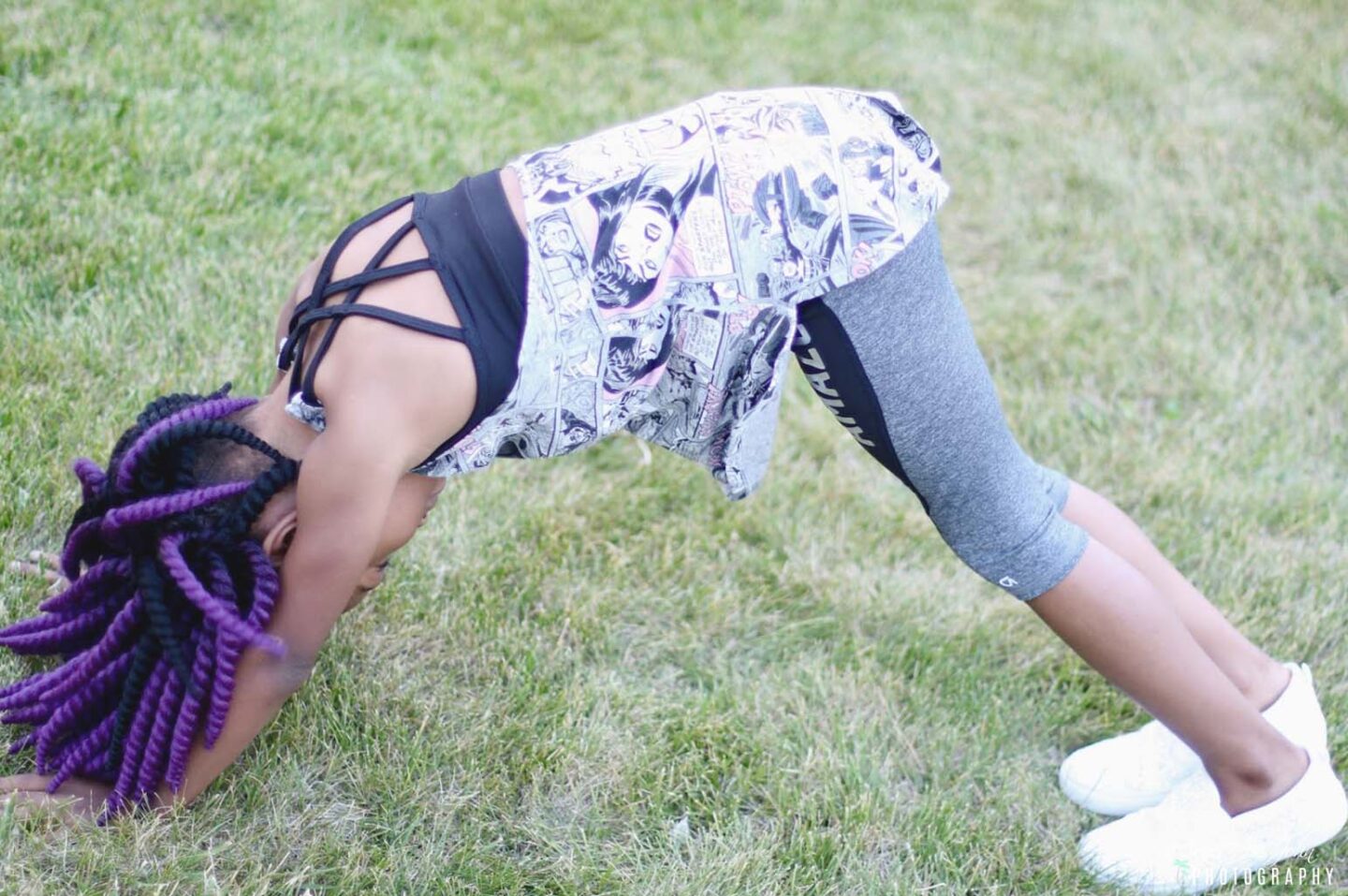A lack of physical activity is reducing your child’s lifespan. And it’s not a myth.
According to studies, regular exercise adds between 0.4 and 6.9 years to life expectancy, while avoiding it reduces life expectancy by 10 to 20%.
Lack of exercise also depreciates the overall quality of life and might limit your child’s potential. But, it is never too late. Here are seven benefits of exercise that your child can reap by starting exercise today.

1. Exercise Boosts Immunity
If a child exercises 60-minutes each day, they have a better chance of resisting germs and diseases. That’s because exercise increases blood circulation, which in turn, ensures rapid circulation of white blood cells (WBC).
Since there’s greater contact of WBCs with body tissues, they can detect illnesses much earlier than they usually would. As a result, no bacteria or infection would stay in your child’s system for long. And you’ll be able to take necessary measures before they fall too sick to go to school.
Increased blood circulation also helps flush out bacteria from the lungs and airways. Plus, the rise of body temperature that accompanies vigorous exercise makes it difficult for bacteria to survive long enough in the body.
2. Exercise Strengthens the Heart
Exercise improves heart function. As more blood flows through the heart muscle, more oxygen and glucose are delivered to the cardiac cells, which helps them function optimally.
Exercise also keeps the heart healthy by keeping the veins and arteries clear. It stimulates enzymes that prevent bad cholesterol build-up in the blood vessels. With reduced bad cholesterol levels, the chances of artery and vein blockage decrease. This, in turn, minimizes the risk of a heart attack.
Note that one out of every four deaths occurs due to heart disease. And physical inactivity is the root cause of many heart problems. As a result, regular exercise can help protect your child from developing cardiovascular disease later in life.
3. It Prevents Obesity
Another great benefit of exercise is that it helps with weight management. When your child actively engages in aerobic exercises, like running, swimming, cycling, and kick-boxing, they’ll spend less time sitting around glued to their gadgets. This, in turn, means less accumulation of unused calories and a lower risk of unhealthy weight gain.
However, if a child is already obese, we do not recommend beginning with vigorous aerobic exercises abruptly. That’s because the idea of committing to 60-minutes of physically demanding activities each day might be a stressful and daunting endeavor. Instead, it’s best they begin with an activity like yoga.
Compared to aerobic exercise, yoga is less demanding (in terms of time and physical effort). 5-20 minutes of yoga postures will prove to be just as effective as 60-minutes of aerobic exercise for an obese child. And it will also help your child get comfortable with the idea of physical activity.
You can use online resources like this Raising Stars guide to kids yoga or yoga channels on YouTube to get started.
4. It Helps Children Sleep Better
Increased physical activity automatically means decreased screen time. And that equates to long, deep sleep.
How?
Well, the blue light from screens blocks the release of melatonin in the body, which is the hormone responsible for drowsiness at night.
With reduced melatonin production in the body, your child’s circadian rhythm will be disturbed. They will find it harder to fall asleep at night and have trouble waking up early for school.
Plus, the alert state of mind right before sleep will deprive your child of the recommended 9-12 hours of sound, deep sleep. If this becomes habitual, their immunity will be weakened, their irritability will rise, and their physical and mental development will be stunted.
To prevent this, it’s best to replace screen time (especially before bedtime) with mild exercise or yoga.
5. It Reduces Stress
Children often undergo a lot of stress subconsciously. Whether it’s an argument with a friend or their upcoming class presentation, they think and overwork themselves without even realizing it. To help your child tackle this effectively, it’s important to incorporate exercise into their routine.
Physical activity lowers the production of the stress hormone cortisol. And it increases the production of mood-elevating hormones, called endorphins. So when faced with a threatening or stressful situation, your child will respond calmly and strategically instead of panicking if they’re used to exercise.
6. It Might Improve Your Child’s Grades
Exercise is a good way of getting kids to refocus on education. When exercise reduces stress and anxiety levels, it creates mental room for children to focus on things that matter. Plus, exercise boosts dopamine, serotonin, and norepinephrine levels in the brain. And all these neurochemicals improve attention and focus.
Studies prove that physically fit teenagers have a bigger hippocampus, which is the part of the brain responsible for learning and memory. This might be because exercise generally promotes growth in the body. A bigger hippocampus means stronger spatial learning and strategic skills, which might translate into better grades.
7. It Assists Social Development
Team sports and group exercises can help your child develop strong social skills. When children overcome physically and mentally challenging tasks together, they bond with their teammates and form connections that last a lifetime. Even if your child exercises individually, they will have a better opportunity to genuinely connect and develop friendships with like-minded peers.
